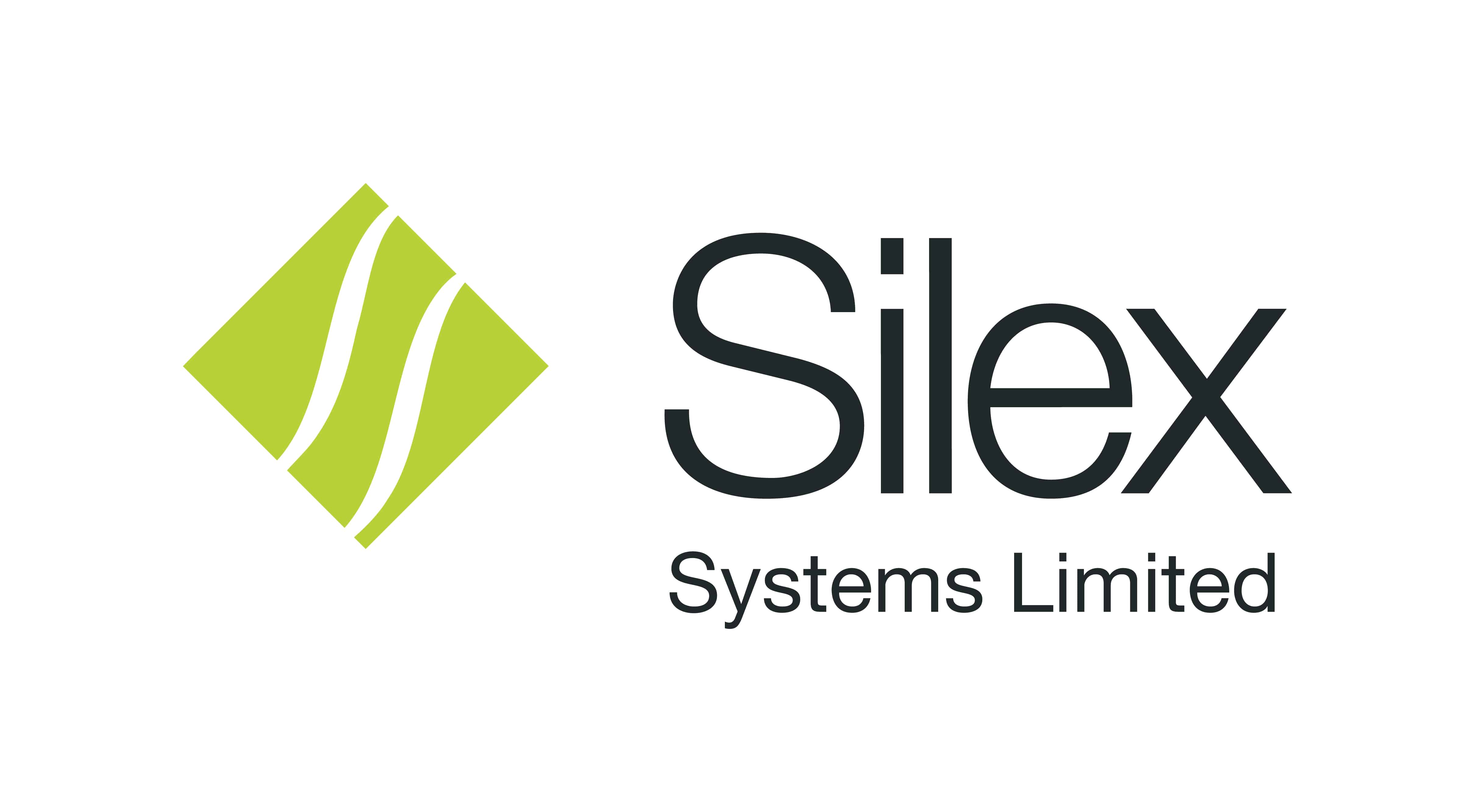The PLEF
The PLEF is the only potential single-site solution for US-based uranium, conversion, and enrichment production.
The PLEF commercial plant opportunities are underpinned by a 2016 agreement between GLE and the DOE, which, through the acquisition of over 200,000 metric tonnes of depleted tails owned by the DOE, provides the feedstock for the production of natural grade UF6 for up to 30 years. The output of the proposed plant would be sold into the global uranium market at an expected production rate equivalent to a uranium mine with an annual output of up to 5 million pounds of uranium oxide, which would rank in the top 10 of today’s uranium mines. Preliminary analysis by Silex of PLEF UF6 Production indicates it could rank equal to a ‘Tier 1’ uranium project based on current estimates of longevity and low cost of production.
In July 2025, GLE submitted its full NRC licence application for the planned PLEF. On 4 August 2025, the NRC completed its acceptance review of GLE’s full licence application. The acceptance notice triggers commencement of NRC’s formal review, which is hoped to be completed expeditiously.
GLE is the first in line with the NRC to seek a licence for a new uranium enrichment facility in the US.


